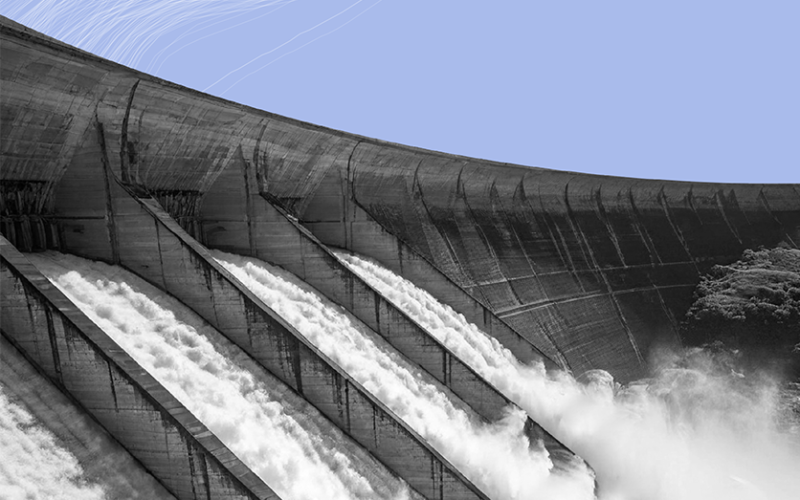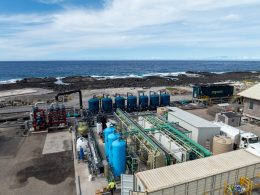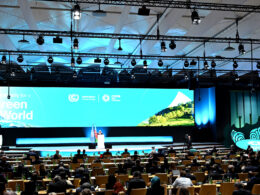Deforestation in the Amazon rainforest is contributing to significant losses in electricity generation at two of Brazil’s largest hydroelectric plants, according to a new study by the Climate Policy Initiative and Amazon 2030.
The research estimates that deforestation has led to energy generation losses equivalent to the annual consumption of 1.5 million people across the Itaipu and Belo Monte hydroelectric power plants. These losses represent more than US$200 million in missed revenue each year.
“Hydropower is vulnerable to changes in rainfall patterns,” said Gustavo Pinto, Senior Analyst at CPI/PUC-Rio. “Deforestation affects not just the local area but also impacts energy infrastructure located hundreds of kilometres away from the Amazon biome.”
Itaipu, Brazil’s largest hydroelectric facility, is situated in Paraná, over 1,000 kilometres from the Amazon. The plant loses an average of 1,380 GWh annually, equivalent to US$86 million in foregone revenue and the electricity use of around 552,000 people. Belo Monte, the second-largest plant and located within the Amazon region, loses approximately 2,400 GWh and US$110 million per year—comparable to the consumption of 956,000 people.
Combined, the two plants account for nearly a quarter of Brazil’s electricity generation. As run-of-river facilities, they rely on consistent rainfall and river flow, both of which are affected by changes in regional weather patterns.
The study highlights the role of “flying rivers”—air currents that carry moisture from the Amazon across the country. When these currents pass over deforested areas, they fail to collect sufficient moisture, resulting in decreased rainfall and lower river volumes that directly affect hydroelectric production.
According to the report, 17% of the forest areas most relevant to Itaipu’s operation have already been cleared. In the top 5% of the forest areas contributing to the plant’s generation capacity, the value of forest conservation is estimated at US$2,240 per square kilometre. For Belo Monte, 13% of the broader relevant area has been deforested, rising to 27% within the most critical 5%, with a conservation value of US$778 per square kilometre.
“Mapping the forest areas that most affect hydropower output can help inform more effective conservation and restoration strategies,” said João Arbache, analyst at CPI/PUC-Rio. He also noted the importance of considering land ownership and use when designing such measures.
Hydropower accounted for approximately 60% of Brazil’s electricity generation in 2023. The study concludes that ongoing deforestation, coupled with increasing water scarcity and extreme weather, could undermine the stability of the country’s energy system.
“Changes in the Amazon have measurable impacts on energy production,” Pinto said. “Understanding and addressing these connections is essential for long-term planning and resource management.”





















